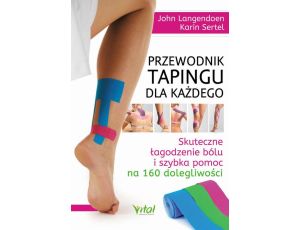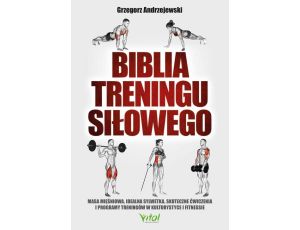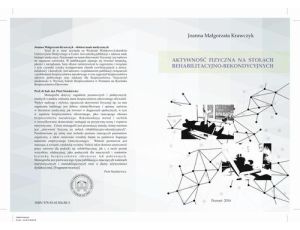Opis produktu
Opinie
Spis treści
Research studies on the morphological determinants of motor skills fall within the field of interest of a relatively young discipline termed kinan-thropometry. The name has its roots in the Greek words kinein (to move), anthropos (human), and metrein (to measure). The guide is an auxiliary material for conducting practical classes in the field of sport. The content of the guide is intended to show students what kinanthropometry is as a relatively new academic subject. Its purpose is to provide a set of refer-ence methods for kinanthropometric diagnostics. Measurements are usu-ally carried out using anthropometric methods and then used for analysis in the context of the effects of human movement activities.
The popularity of kinanthropometry is growing worldwide while it is used in many research areas, especially in physical culture and medical and health sciences. Kinanthropometry has applications in many fields includ-ing, for example, ergonomics, nutrition, healthcare, and injury prevention. Its goal is to gain a thorough understanding of the functioning of the hu-man body by measuring its size, shape, proportion, and tissue composi-tion in relation to health, physical activity, and motor performance. With the analysis of the relationship between morphological structure and mo-tor effects, kinanthropometry contributes significantly to optimizing the training of athletes by reducing the risk of injury and development of ap-propriate therapeutic strategies. Studies conducted in children provide additional opportunities to identify, in the early stages of human develop-ment, their sports potential, whereas simultaneous tracking of changes over time in groups of non-athletes and athletes makes it possible to de-termine the impact of early sports training on the course of development and maturation. The practical part of the guide is organized so that it will be useful for future coaching work, independent scientific research, and undergraduate, master's, or doctoral theses. In all content, emphasis is placed on tests, protocols and procedures, data collection, data analysis, and correct interpretation of results.
The popularity of kinanthropometry is growing worldwide while it is used in many research areas, especially in physical culture and medical and health sciences. Kinanthropometry has applications in many fields includ-ing, for example, ergonomics, nutrition, healthcare, and injury prevention. Its goal is to gain a thorough understanding of the functioning of the hu-man body by measuring its size, shape, proportion, and tissue composi-tion in relation to health, physical activity, and motor performance. With the analysis of the relationship between morphological structure and mo-tor effects, kinanthropometry contributes significantly to optimizing the training of athletes by reducing the risk of injury and development of ap-propriate therapeutic strategies. Studies conducted in children provide additional opportunities to identify, in the early stages of human develop-ment, their sports potential, whereas simultaneous tracking of changes over time in groups of non-athletes and athletes makes it possible to de-termine the impact of early sports training on the course of development and maturation. The practical part of the guide is organized so that it will be useful for future coaching work, independent scientific research, and undergraduate, master's, or doctoral theses. In all content, emphasis is placed on tests, protocols and procedures, data collection, data analysis, and correct interpretation of results.
Cechy
| Rodzaj: | e-book |
| Format pliku: |
|
| Autor: | Anna Kopiczko, Jakub Grzegorz Adamczyk, Karol Gryko, Monika Łopuszańska-Dawid, Robert Gajda |
| Język publikacji: | angielski |
| Rok wydania: | 2024 |
| Liczba stron: | 144 |
| Miejscowość: | Warszawa |
| Serie: | ZESZYTY NAUKOWO-METODYCZNE |











